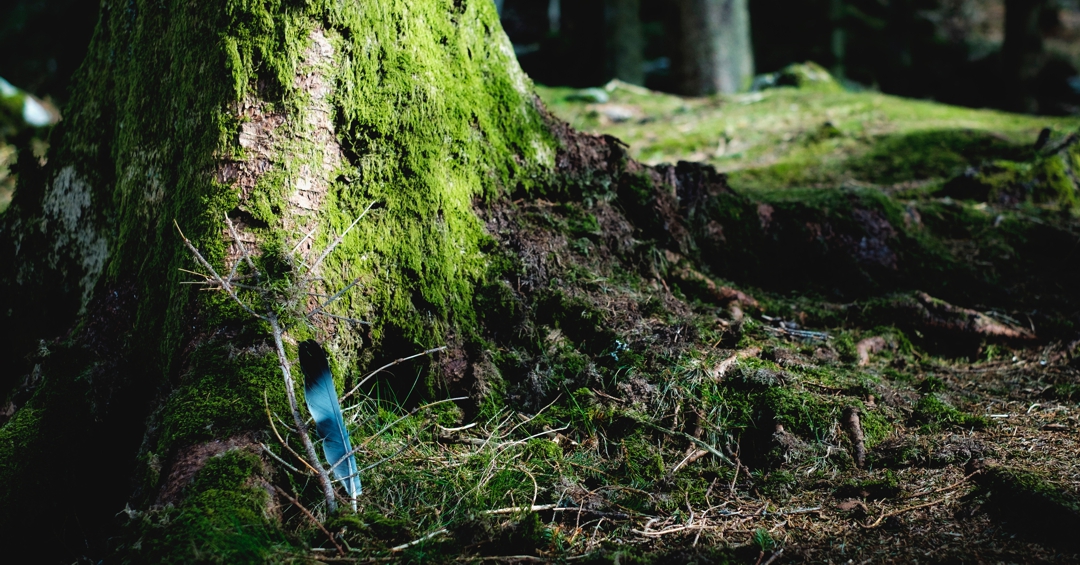
Did you know there’s such a thing as a “Mother Tree?”
Not Darwinian, but Nurturing
In forests, we’ve learned that the system at work is not a Darwinian “survival of the fittest” where trees are vying for space and light but instead one of cooperation and nurturing.
A Different Kind of Networking
Scientists have discovered that there are a series of fungal networks connecting the trees in a given area to each other. These fungi are mycorrhizal, meaning they have a beneficial, symbiotic relationship with a host plant, in this case tree roots. They allow trees to essentially communicate with one another and actually move carbon, water, and nutrients between trees, depending upon their needs. The Mother
Tree will typically be the dominate, larger, older tree in a network and we’ve figured out it’s this Mother Tree that controls and determines the nutrient transfers for that network. They essentially manage the
resources and take care of the trees in need.
Mother Trees “Raise” Their Seedlings
Without the vital role of the Mother Tree, many tree seedlings wouldn’t make it. The concept of symbiotic plant communication has far reaching implications in both the forestry and agricultural industries. This knowledge could be used to change the way we approach harvesting forests, by doing things like leaving the Mother Trees intact to foster regrowth. Regardless, it’s an example of the nurturing and mutually beneficial relationships that exist in nature.
To learn more about Mother Trees check out this video where Professor Suzanne Simard of the University of British Columbia explains the concept.
 Meredith, a former professional in the software industry, has come to the Mrs. Green’s World team through an unlikely journey that took her through the world of non-profit management and on to becoming a part of MGW. Helping people understand climate change and what we can do about it – is very near and dear to her heart. She lives in Tucson with her family and too many pets.
Meredith, a former professional in the software industry, has come to the Mrs. Green’s World team through an unlikely journey that took her through the world of non-profit management and on to becoming a part of MGW. Helping people understand climate change and what we can do about it – is very near and dear to her heart. She lives in Tucson with her family and too many pets.